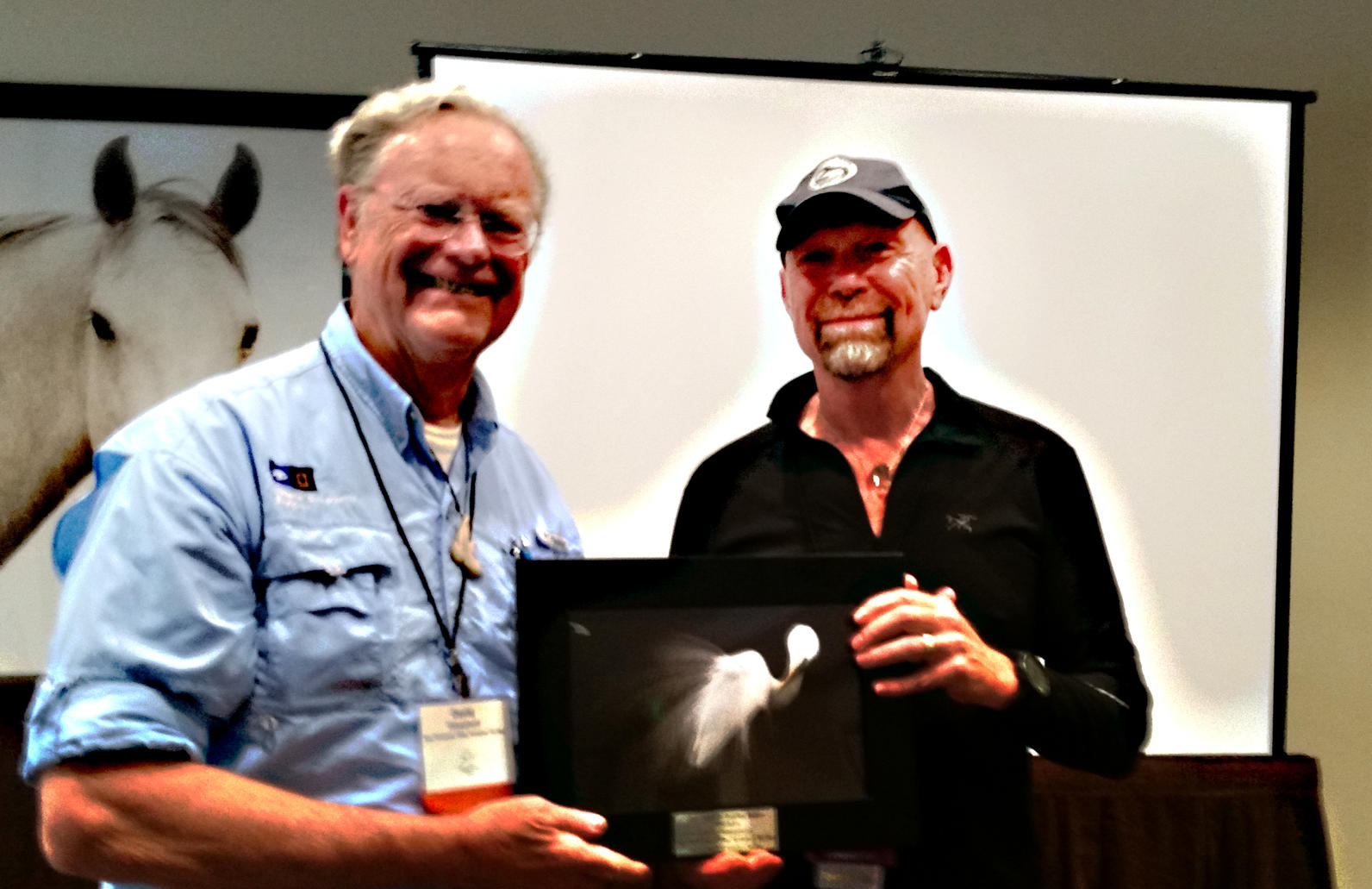Latest News and Updates from Audubon in California
California Condor. Photo: Scott Frier/USFWS
The National Marine Sanctuaries off the California coast represent the best that our oceans have to offer birds – protected breeding sites, bountiful food resources, and freedom from disturbance. For people, these sanctuaries offer incredible opportunities for recreation and wildlife viewing. But the Trump Adminstration wants these sanctuaries shrunken or eliminated altogether, and we can’t let that happen. Please join Audubon California in speaking out in defense of these treasures.

Dave Weeshoff received the 2017 2013 William Dutcher Award for the Pacific Flyway at last weekend’s Audubon Convention in Park City, Utah. Weeshoff was honored for his many years of contributions to the Audubon mission, including his work to make renewable energy safer for birds, establish Marine Protected Areas in Southern California, and support marine bird conservation through his work with International Bird Rescue. Audubon couldn’t have found a better advocate for birds in California.
William Dutcher was a prominent amateur ornithologist of the late 19th and early 20th centuries and in 1905 was appointed the first President of the National Audubon Society. The Dutcher Award was created in his honor to recognize superior volunteer service by Audubon leaders that results in bird conservation at scale.

The U.S. House of Representatives this morning passed H.R. 23, which we opposed because it seeks to wrest control over much of California's water from the state to the feds. If eventually signed by President Trump, it will overturn decades of negotiations on water in California. Audubon California opposes it because it will divert water from the Center Valley refuges, undermine the Endangered Species Act, and halt the restoration of the San Joaquin River. Audubon activists sent about 3,500 emails to Congress just in the last week in opposition to this bad bill. Now it moves on to the Senate, where we will continue our fight.
Nice article from the San Diego Union Tribune about Buena Vista Audubon's recent land acquisitions north of San Diego. The Wimberly Fund, managed by Audubon California and National Audubon Society, contributed to this purchase.
Watch for the Whydah. Orange County is one of the places where it may become a problem.
Our newsletter is fun way to get our latest stories and important conservation updates from across the state.
Help secure the future for birds at risk from climate change, habitat loss and other threats. Your support will power our science, education, advocacy and on-the-ground conservation efforts.
California is a global biodiversity hotspots, with one of the greatest concentrations of living species on Earth.